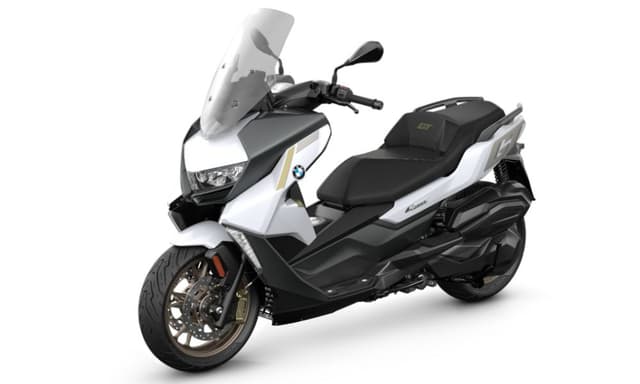Electric Car Charging Stations: A Step By Step Guide

Highlights
- It can take anywhere from 1 hour to 12 hours for your car to charge
- You can easily find public charging stations through Google maps.
- Compatibility of your car battery plug with charger you are using is imp.
Going to a gas pump to refuel your car has rather become a habit in the automobile industry. However, with the inception of electric cars, this has changed. One of the biggest changes when it comes to driving electric cars is how there are refueled. Although it is a new way of driving and some drivers might face some trouble making it a habit, it is not very complicated.
You can think of it as charging your smartphone. Once the charge depletes, you plug it into the wall and wait for the battery to rejuvenate again. The same theory is applied to these cars. This article further clears some common questions with this new trend and enlightens you on some facts you should know.

How long does it take to charge?
This is a rather subjective question and differs from car to car. You will have to take into consideration the size of the car, weight distribution, power output, battery size, and charging outage. With all that considered, there are electric cars that can charge itself in less than an hour, while some others require more than 12 hours.
Some common types of chargers
There are quite a few types of chargers available in the market, mainly differing in speed and capacity. Here mentioned are some of the more common ones you might come across:
110 Volt AC Wall Plug:
For ease of use, most electric cars in the consumer market come with plugs that fit right into a normal home socket, making this the most commonly sighted charger. For this kind of charger, you do not require any additional connector or equipment. From a standard plug, a battery recharges at the rate of 2-5 miles per hour.
240 Volt AC charger:
This is a more advanced and a much better car charger with a higher capacity, as is understandable from the voltage. These Level 2 electric car chargers can charge your car at the rate of 10–20 miles an hour, which is quite impressive.
While the former mentioned type is more common with consumer cars, if you are visiting a public charging station, you will find these kinds of chargers, especially in workspaces and retail locations. If you try to buy one, it will cost you around $500 to $800 and can be easily installed at home with the help of an electrician. However, the lowest requirement for a level 2 charger is a 40 amp circuit, while a 60 amp circuit is considered decent.

Some common types of plugs
The majority of electric chargers and cars use a standard connector, known as SAW J1772. This charger can interact with both the types mentioned above. However, DC Fast Charging, another easy way of charging your car, does not have a universal connector just yet. Luckily, SAE international is already working on this and has passed a standard that permits SAE J1772 to utilize DC Fast Charging. Carmakers like Mitsubishi and Nissan use CHAdeMO fast charge connectors.
The most famous electric car, the one that started it all, Tesla, uses their own Supercharger. However, like this charger is not able to charge any other EVs, no other Tesla is compatible with non-Tesla charging stations. Nevertheless, Tesla is trying to change this and recently got into a partnership with EVgo, promising to install Tesla chargers in other stations.

Where to Charge?
While on the go, it is oftentimes hard to find an electric charging station. However, with this industry growing and more consumers adapting to it, companies like Google are implementing locations in their apps. They will show you all the electric charging stations nearby and also mention the plug type there. This can be quite helpful. In addition to that, there are quite a few companies that offer free charging stations on highways and roads as an incentive to electric car drivers.
To sum up, with the information present in this article, you are now quite well-accustomed to the ins and outs of the electric car charging facilities. Before you plug in your car, however, make sure that it is compatible with the charger. If not, it can cause quite a few problems in the future.
Latest News
- Home
- News
- Auto Industry
- Electric Car Charging Stations: A Step By Step Guide













